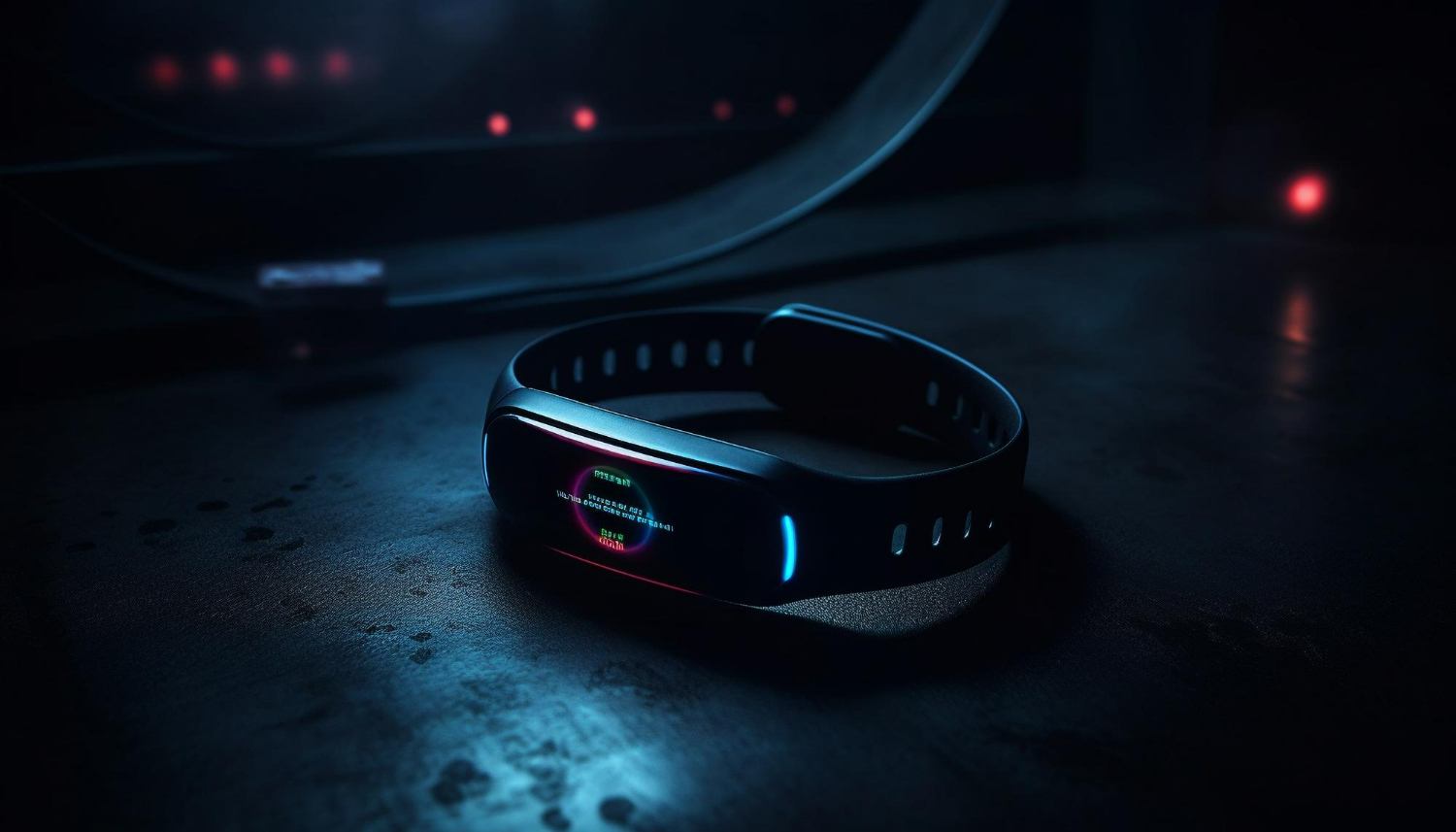
Worldwide healthcare systems face a major challenge from hospital readmissions. According to the Centers for Medicare & Medicaid Services (CMS) about one in five patients are readmitted to the hospital within 30 days of discharge, with annual costs topping $41.3 billion. These readmissions point to deficiencies in patient care and management in addition to placing a burden on healthcare resources.
Technology continues to transform many facets of our lives in the fast-paced world we live in today, including healthcare. Smart wearables are one of the most exciting new developments; they are revolutionizing the way we track and manage our health. Reducing hospital readmissions and healthcare costs is one important area where smart wearables are having a big influence.
The Smart Wearable Market size is estimated at USD 84.23 billion in 2024, and is expected to reach USD 205.10 billion by 2029, growing at a CAGR of 19.48% during the forecast period (2024-2029).
In this article, we will discuss how wearable technology is changing the game in healthcare, its benefits and challenges.
Wearable technology in healthcare
Medical-grade gadgets, fitness trackers, and smartwatches are examples of smart wearables that provide a proactive approach to healthcare monitoring. Smart wearables offer a thorough picture of a patient’s health status by continuously monitoring these vital signs, which enables the early identification of possible complications.
Wearable technologies in healthcare are divided into several types:
Health monitoring devices
Health monitors composed of sensors and actuators have sufficient processing, communication, and energy storage capacity built into their design. These instruments are made to take a patient’s vital signs, which include blood pressure, body temperature, heart rate, and more. Companion apps installed on doctors’ phones and devices allow them to access the patient data gathered by the health monitoring wearables. These include
- Fitness Trackers
- Continuous glucose monitors (CGMs)
- Blood pressure monitors
- Pulse oximeters
- ECG Monitors
- Wearable Stress and Mental Health Monitors
- Smart Clothing etc.
Therapeutic devices
Real-time patient statistics monitoring is done by therapeutic devices. They are made to measure statistical information about disease therapy and treatment. A few of these gadgets have sensors that track a patient’s physical state so medical professionals can modify a patient’s course of treatment. In addition, they aid in recovery of patients through providing relief from pain, controlling glucose levels through insulin shots etc. This category includes-
- Pain relief devices
- Rehabilitation devices
- Insulin pumps
- Respiratory therapy devices etc.
How does it help in reducing hospital readmissions and costs?
Smart wearables have shown great promise in the healthcare sector by providing ways to reduce hospital readmissions and cut costs.
A study published in Nature provided insights into how Smart wearable devices aid in cardiovascular care. This study showed that patients with type I MI (coronary artery disease) had a 43% lower chance of hospital readmission when wearable devices were used for remote patient monitoring.
Wearable technology enables prompt health interventions and ongoing fitness monitoring could reduce hospitalization costs and prevent complications. This resulted in significant cost savings for each patient—up to $6,000—per patient. Let’s see the ways through which smart wearables bring in these outcomes.
Preventive Care and Early Intervention
Healthcare professionals can apply preventive care techniques and act quickly to stop complications and readmissions thanks to smart wearables. A patient recuperating from heart surgery, for instance, can wear a smartwatch that tracks their heartbeat and rhythm continuously. The patient and their healthcare provider can take prompt action if the device notices abnormalities and notifies them.
Wearable technology-enabled preventive measures encourage people to lead healthier lifestyles, which lowers the prevalence of chronic diseases and related healthcare costs.
A research study in Intelligent Computing, Communication and Devices demonstrated that these wearables not only facilitate faster treatment but also ensure a comfortable diagnostic environment for the patient.
Improved Medication Adherence
By reducing healthcare consumption and preventing illness exacerbations, wearable technology can reduce hospital stays. Activity trackers and reminders make sure that taking medications consistently has a positive impact on overall health.
- According to research by Patel et al. (2019), patients with chronic conditions were able to use medication more frequently when they wore wearable devices that could track their adherence and provide medication reminders.
Remote Patient Monitoring
Smart wearables are utilized by RPM programs to gather and securely transmit patient data to healthcare providers. These providers can then review the information in real time and take appropriate action.
A study published in Connected e-Health shows that despite their small size, these devices are equipped with potent medical sensors that aid in the monitoring of users’ health conditions.
Many sensors have been integrated into the wearables to monitor a variety of activities, such as blood oxygen levels, body temperatures, cardiovascular disease, and activity monitoring systems, among many other things that help reduce hospital readmission rates.
Cost Savings and Improved Outcomes
Smart wearables help healthcare systems save a lot of money by lowering hospital readmission rates and enabling early intervention.
According to Forbes, wearable technology should see growth over the next 25 years and result in global cost savings in the healthcare sector of roughly $200 billion.
Furthermore, by encouraging a stronger bond between patients and healthcare professionals and giving patients the ability to actively participate in their care, smart wearables have been demonstrated to enhance patient outcomes and satisfaction. When using smart wearables, patients report feeling more engaged and motivated to follow their treatment plans, which improves their quality of life and health outcomes.
Challenges for Wearables in Healthcare
Precise and Dependable Data Gathering
Gathering data accurately and consistently is a major challenge for wearable technology. Although wearables have the potential to provide insightful information about our daily activities and well-being, their efficacy may be hampered by errors. The key to achieving precision is to use high-quality algorithms for data analysis, properly place the sensor, and calibrate the sensor.
Sensors’ inherent limitations
One of the biggest challenges in wearable technology is making sure that data is collected accurately. However, the accuracy of these sensors is frequently hindered by inherent limitations. Errors and compromised measurement precision can arise from various issues, including motion artifacts, interference from signals, and improper placement of devices.
Wearables manufacturers need to continually devote resources to research and development to address this challenge. They should focus on improving sensor technology, optimizing signal processing algorithms, and putting in place stringent calibration procedures.
Hacking, Cyber Risks, User Privacy, and Security
Risks to privacy and security are rising as a result of frequent worldwide breakthroughs in information and technology. Personal data leaks are frequently reported in the media, and privacy breaches have become the norm. Thus, it gives users the chills. Additionally, the dangers of phishing and hacking are growing as a result of Internet connectivity.
In summary
Smart wearables, which provide a proactive and individualized approach to patient monitoring and management, represent a paradigm shift in the healthcare industry. These devices help healthcare providers detect and treat health issues before they worsen, which lowers hospital readmission rates and healthcare costs. They do this by utilizing real-time analytics and continuous data collection.
Codewave EIT stands out as a beacon in this space, offering comprehensive solutions that leverage innovative approaches to remote rebooting.
With a wealth of experience spanning two decades, we bring unparalleled expertise to the table. If you’re seeking a partner to navigate the complexities of smart wearables and harness the full potential of remote rebooting, we are ready to collaborate.
Embrace the future of wearable technology with Codewave EIT, where innovation meets reliability. Get in touch with our experts for the journey to an efficient wearable ecosystem for your healthcare sector.
